GPCR/G protein

All GPCRs share a common seven trans-membrane structure. GPCRs are associated with heterotrimeric G-proteins which are GTP-binding proteins made of alpha, beta, and gamma subunits. When a ligand binds to GPCR, it activates the attached G-protein, the GDP is replaced with GTP. The activated G-protein then dissociates into an alpha and a beta-gamma complex which activates downstream signaling pathways. These intracellular signaling pathways include cAMP/PKA, calcium/NFAT, phospholipase C, protein tyrosine kinases, MAP kinases, PI-3-kinase, nitric oxide/cGMP, Rho, and JAK/STAT.
GPCRs are one of the most important therapeutic targets for various diseases, over 30% of all modern medicinal drugs target this family. Aberrant GPCR functions are involved in pathological conditions such as neurological, immunological and hormonal disorders. A large number of GPCRs have been identified, but whose ligands are not known, are classified as orphan receptors.
-
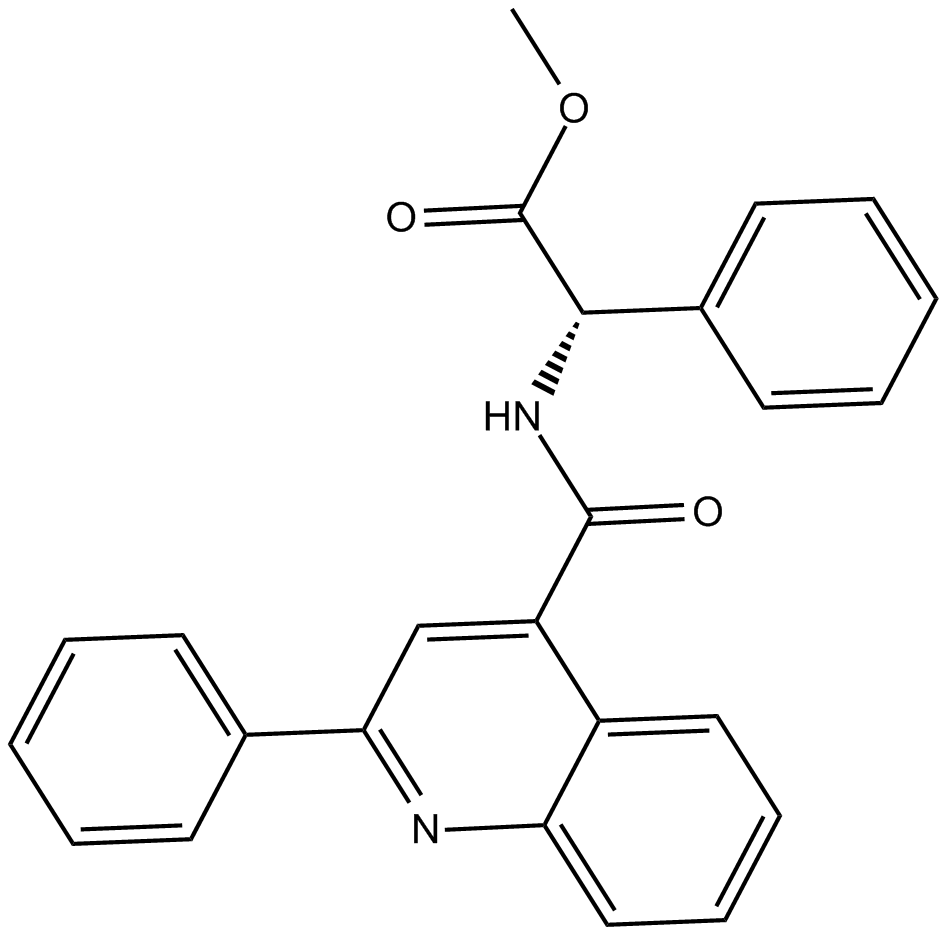 B6710 SB 218795Summary: NK3 receptor antagonist
B6710 SB 218795Summary: NK3 receptor antagonist -
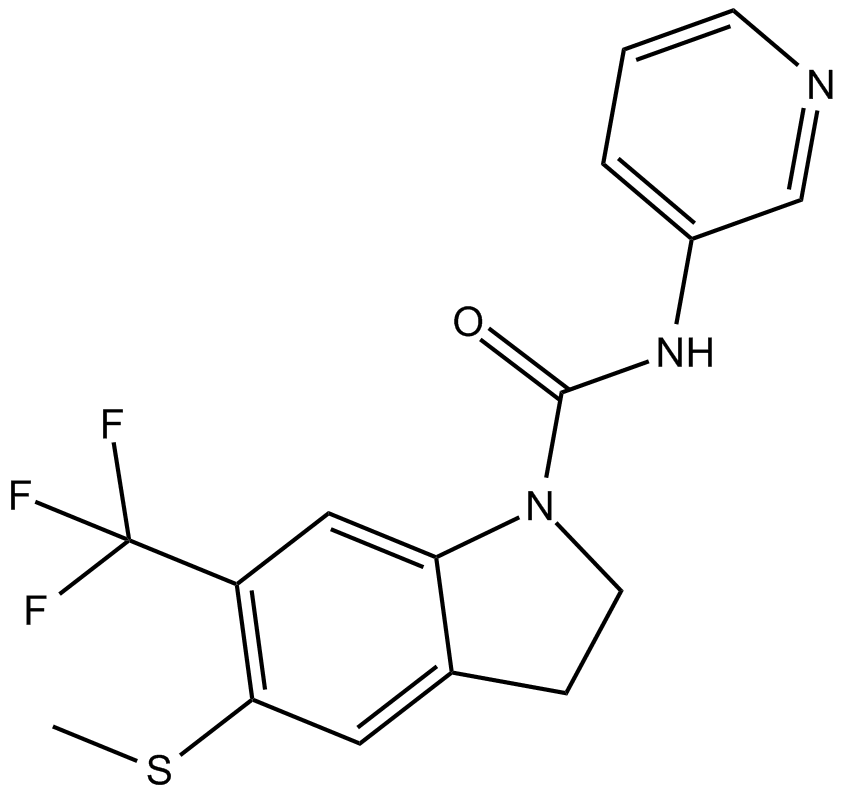 B6713 SB 221284Summary: 5-HT2C/2B receptor antagonist
B6713 SB 221284Summary: 5-HT2C/2B receptor antagonist -
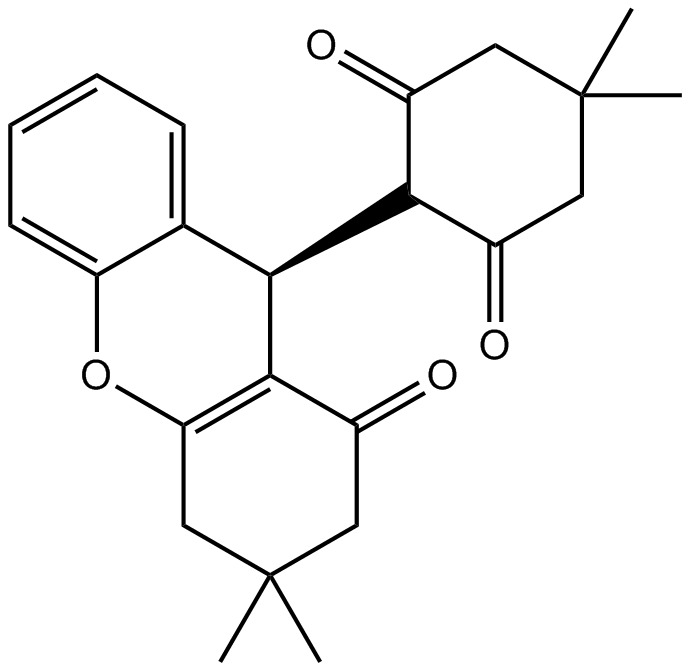 B6714 L-152,804Summary: neuropeptide Y Y5 receptor antagonist
B6714 L-152,804Summary: neuropeptide Y Y5 receptor antagonist -
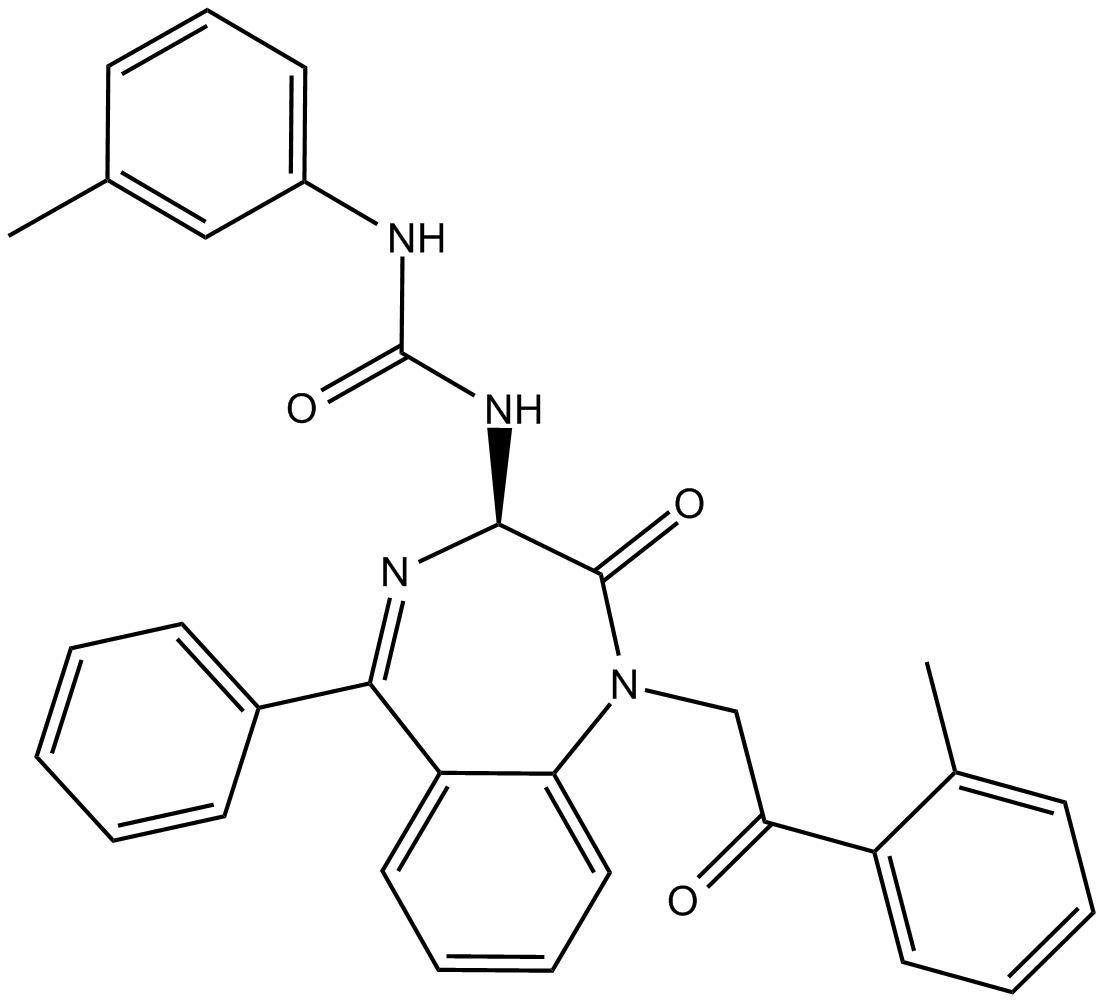 B6725 YM 022Summary: CCK2 silent antagonist
B6725 YM 022Summary: CCK2 silent antagonist -
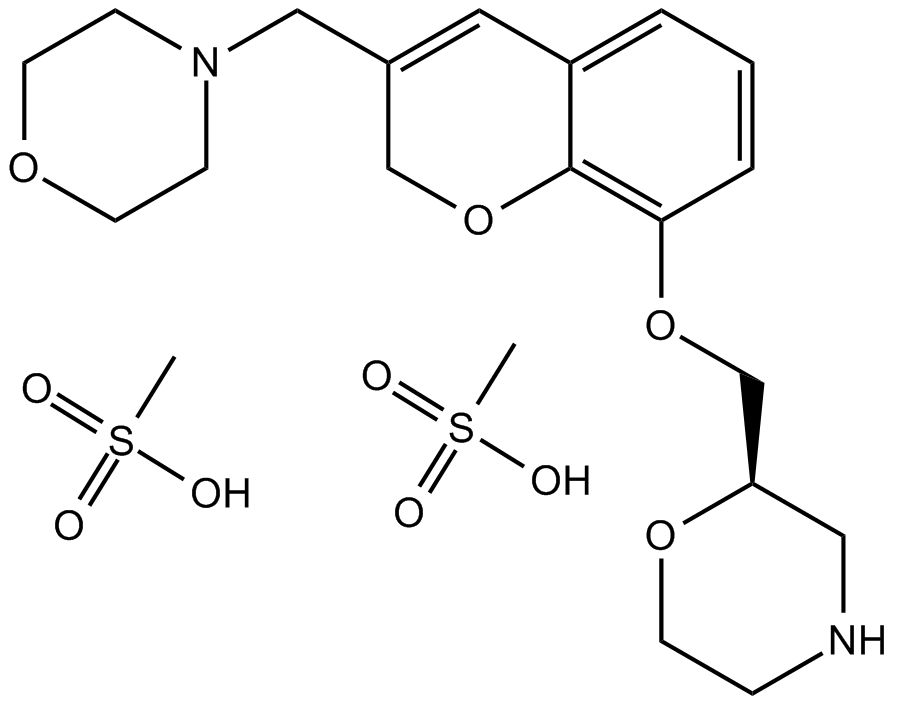 B6729 NAS-181Summary: rat 5-HT1B receptor antagonist
B6729 NAS-181Summary: rat 5-HT1B receptor antagonist -
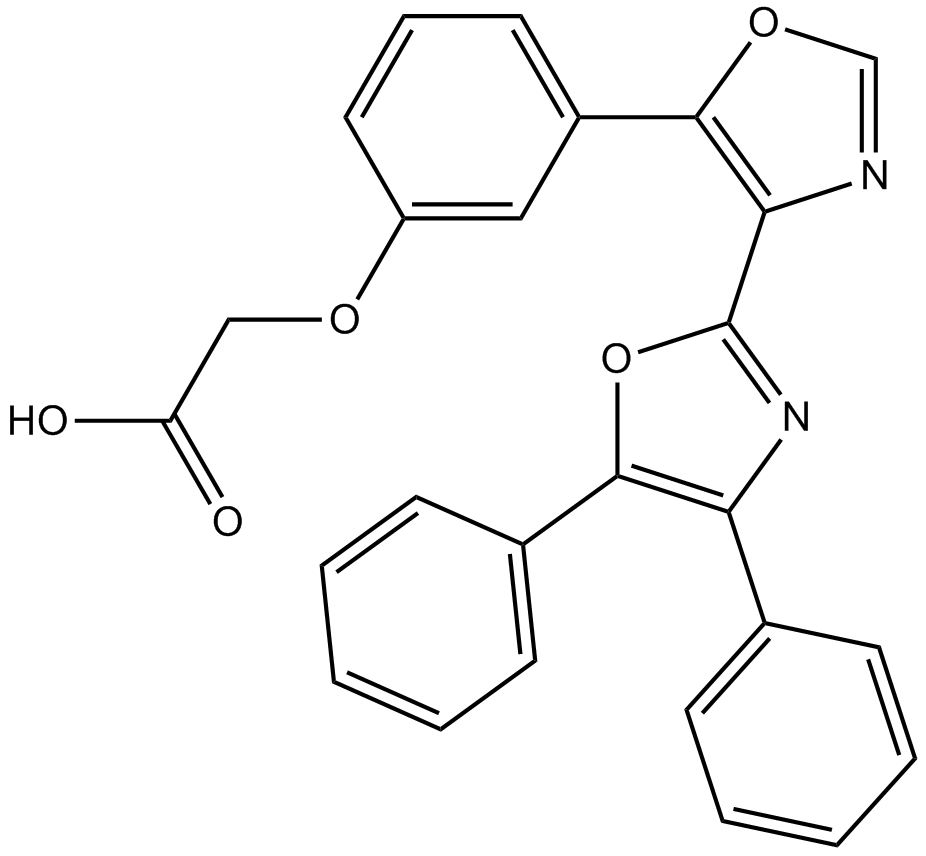 B6741 BMY 45778Summary: partial agonist at IP1 prostacyclin receptors
B6741 BMY 45778Summary: partial agonist at IP1 prostacyclin receptors -
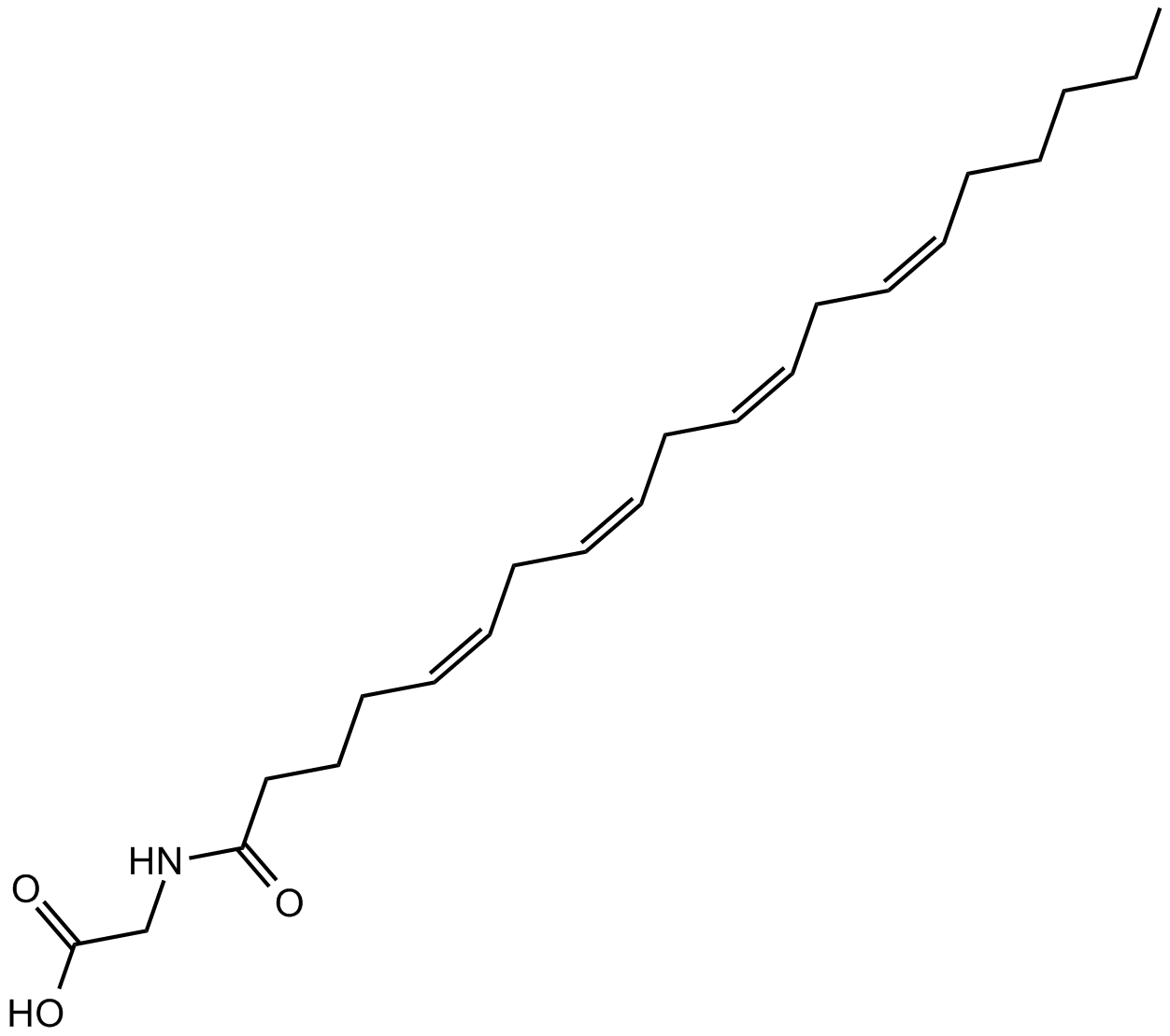 B6742 N-ArachidonylglycineSummary: Endogenous anandamide-like compound
B6742 N-ArachidonylglycineSummary: Endogenous anandamide-like compound -
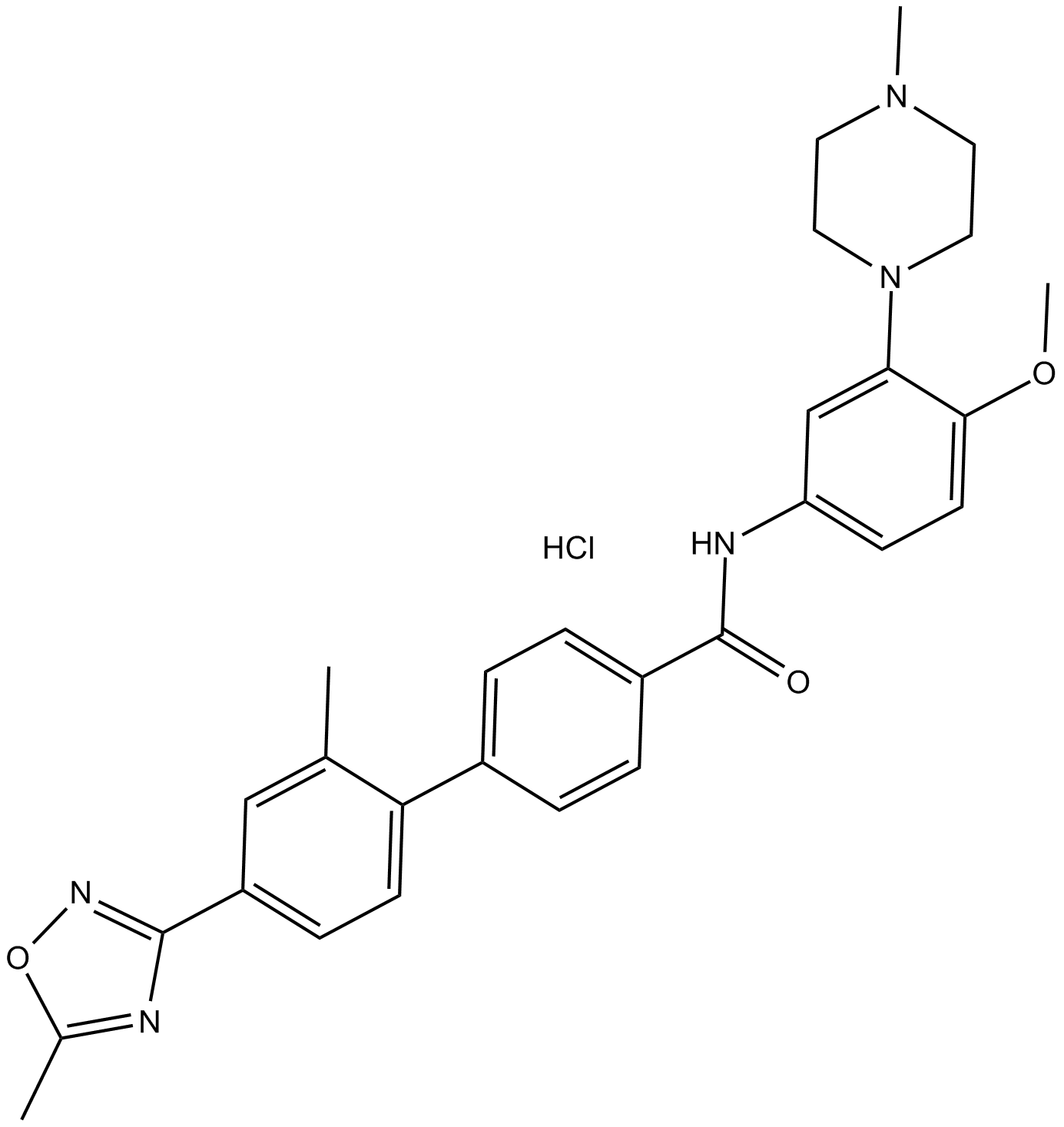 B6754 GR 127935 hydrochlorideSummary: 5-HT1B/1D receptor antagonist
B6754 GR 127935 hydrochlorideSummary: 5-HT1B/1D receptor antagonist -
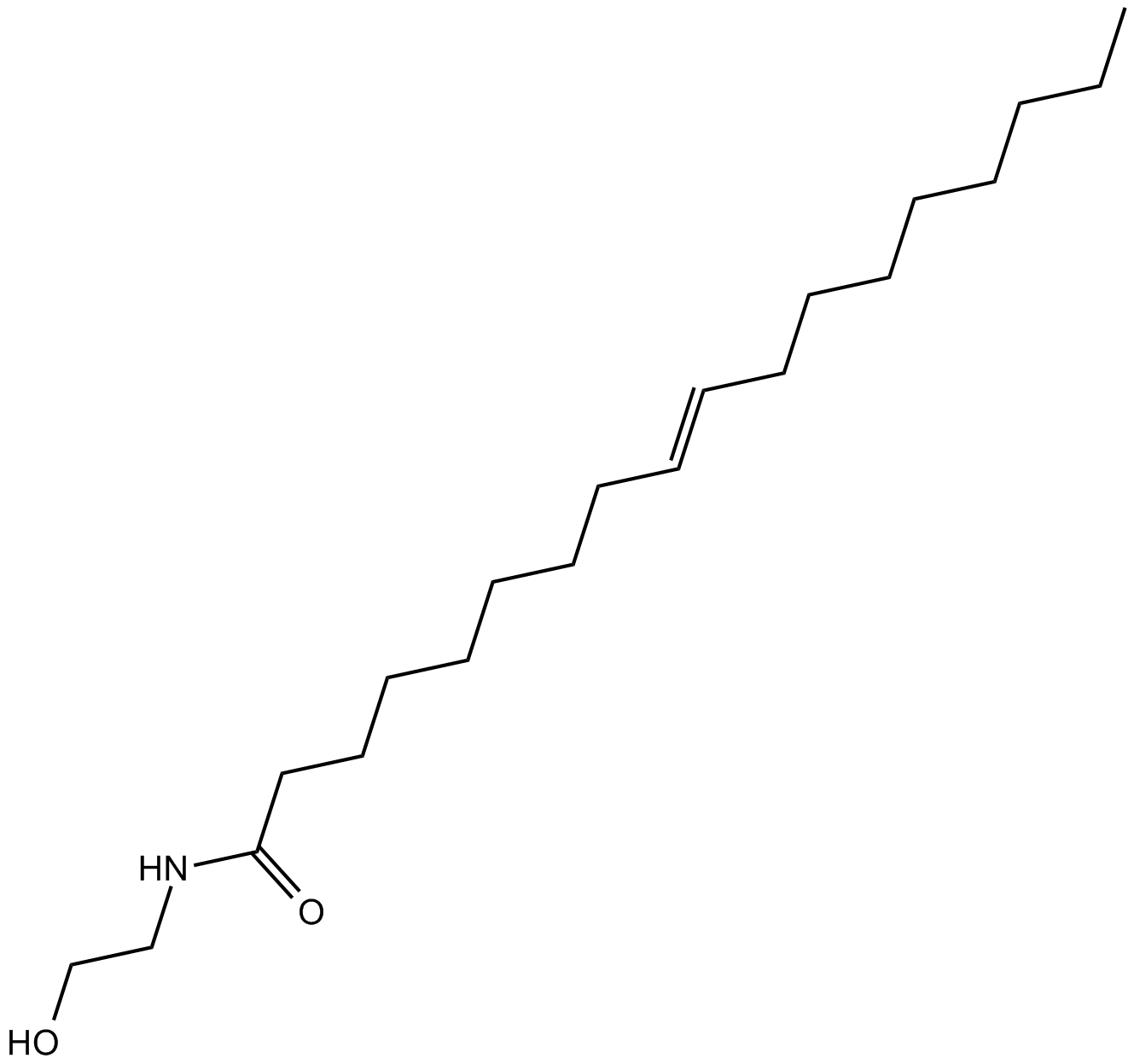 B6758 OleylethanolamideSummary: PPAR-α agonist
B6758 OleylethanolamideSummary: PPAR-α agonist -
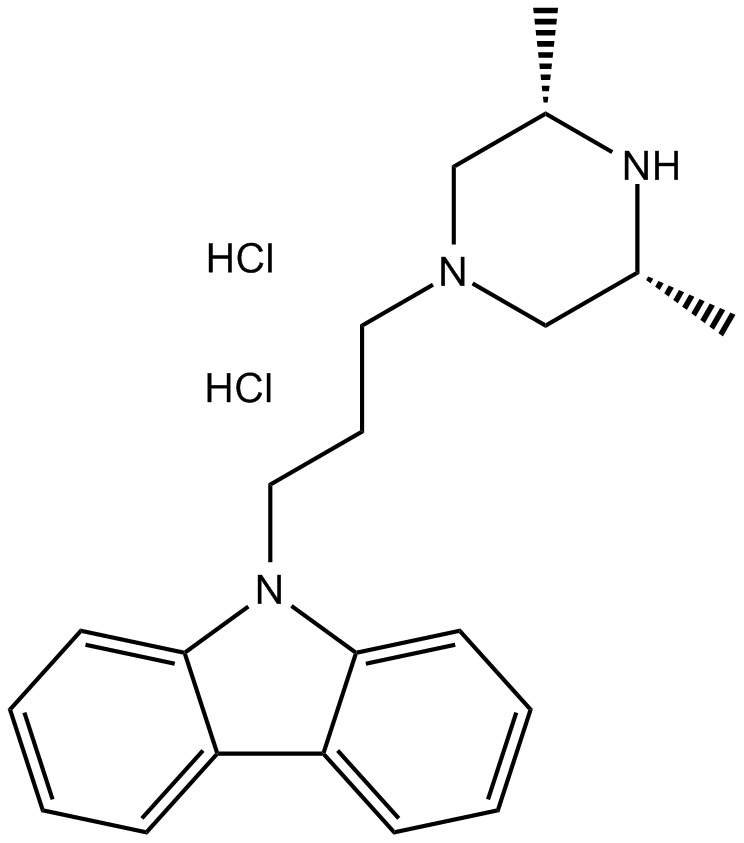 B6765 Rimcazole dihydrochlorideTarget: Sigma ReceptorsSummary: σ receptors antagonist
B6765 Rimcazole dihydrochlorideTarget: Sigma ReceptorsSummary: σ receptors antagonist

